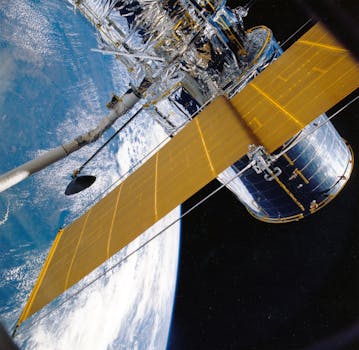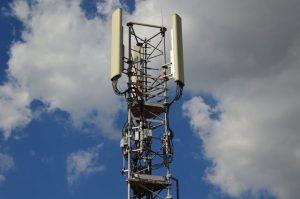
GEO Satellites: Introduction to the Technology and Applications
GEO satellites, or Geostationary Earth Orbit satellites, are a type of satellite that orbits the Earth at an altitude of approximately 36,000 kilometers. At this altitude, the satellite’s orbital period matches the Earth’s rotational period, allowing it to remain stationary in the sky. GEO satellites have been in use for several decades, providing a wide range of applications and services, including telecommunications, weather forecasting, and navigation.
How GEO Satellites Work
GEO satellites are launched into space using a rocket, and once in orbit, they use their onboard propulsion system to reach their final position. The satellite’s altitude and position are critical, as they must be able to maintain a stable and precise orbit to provide uninterrupted service. GEO satellites use a combination of solar panels and batteries to generate power, and they are equipped with transponders, which are responsible for receiving and transmitting signals.
Applications of GEO Satellites
GEO satellites have a wide range of applications, including telecommunications, broadcasting, weather forecasting, and navigation. In the field of telecommunications, GEO satellites are used to provide internet connectivity, voice calls, and data transmission services. They are particularly useful in remote and underserved areas, where terrestrial infrastructure is limited or non-existent. In broadcasting, GEO satellites are used to transmit television channels and radio programs, allowing for global coverage and reach.
Advantages and Challenges of GEO Satellites
The use of GEO satellites offers several advantages, including global coverage, high bandwidth, and reliability. However, there are also challenges associated with the use of GEO satellites, including the high cost of launch and maintenance, signal latency, and the risk of satellite failure. Despite these challenges, GEO satellites remain a critical component of modern telecommunications and will continue to play a vital role in the future of satellite technology.
In conclusion, GEO satellites are a vital component of modern telecommunications, providing global coverage and enabling a wide range of applications. As technology continues to evolve, we can expect to see new and innovative uses for GEO satellites, including the provision of high-speed internet services, the transmission of high-definition television channels, and the support of emerging technologies such as the Internet of Things (IoT).


